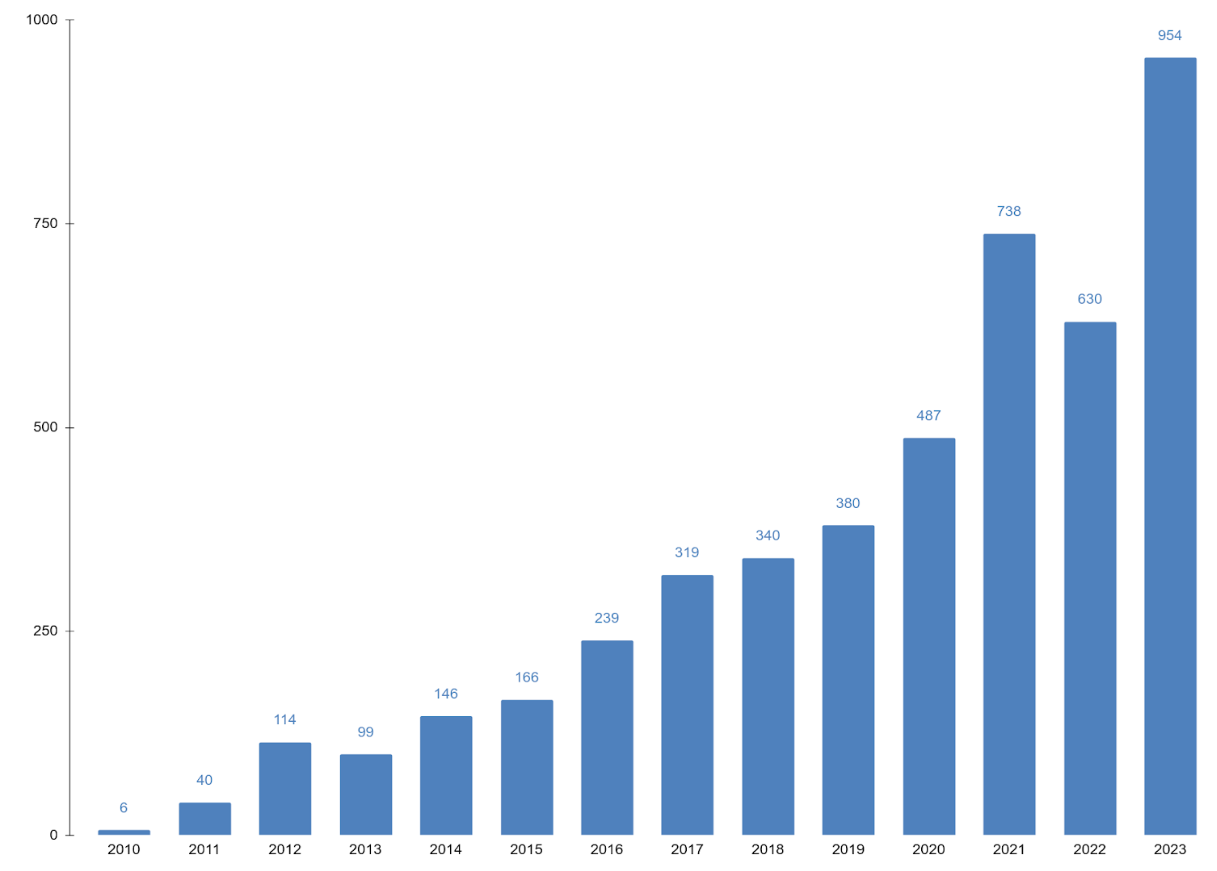The empty chair: Guess who’s missing from your cybersecurity tabletop exercise?

Bill Reid
Security Advisor, Office of the CISO
Alishia Hui
Principal Consultant, Mandiant
Get original CISO insights in your inbox
The latest on security from Google Cloud's Office of the CISO, twice a month.
SubscribeImagine for a moment that you’re the chief executive of a hospital. The calendar you had at 6:59 a.m. has been completely overhauled three minutes later: Your hospital’s computers and network are down, and it looks like the cause might be a cyberattack.
You’re facing numerous disruptions to key operational systems, including a shutdown of your hospital’s HVAC. You and your executive team are forced to look at workarounds and coordination with neighboring facilities to provide time-sensitive patient care while dealing with an active attacker in the network.
The team struggles to manage the chaotic situation, balancing patient care and ongoing operations, technical response and remediation efforts, and keeping a consistent narrative to inform everyone involved and affected by the disruption.
Too many organizations overlook potential participants who are responsible for critical business segments: those running operational technology (OT) and industrial control systems (ICS).
Just as quickly as the crisis started, it’s over. Fortunately, it existed only in the confines of the conference room where you were participating in a role-playing scenario designed to help you, other executives, and your board of directors understand their responsibilities during a cyberattack.
Known as a tabletop exercise, or TTX, these workshops are one of the most effective ways to increase awareness of cybersecurity issues. They can be especially useful tools for helping an organization’s leadership and board members understand and test how the company would react when faced with a cyberattack.
TTXs involve a realistic, current scenario crafted to represent what would be a typical threat facing the company. Often designed by the IT security team, they usually borrow from current threat research and event activity that has occurred among peer organizations. Mixed in amongst the scenario are a series of “injects,” plot twists designed to simulate the nature of real events, where further investigation uncovers more complexity and the event becomes harder to fix.
Participants apply their organization’s incident response and business continuity plans as a way of testing them, with a specific emphasis on intra-organizational coordination and communication, and the proscribed ways in which communication should happen externally with the media and customers.
While the security team usually convenes the TTX, they sometimes use an outside party to help run them so that they can participate. Other participants invited often include IT, human resources, legal, finance, operations, marketing, communications, and frontline staff leaders.
The scope of the exercise involves some form of cybersecurity breach of a system, often with a malicious threat actor gaining unauthorized access to an endpoint device, and then traversing to networks and other systems such as cloud infrastructure. The initial vector of the compromise is often a stolen credential, an unpatched system, or social engineering of some form to evade second factor authentication.
These exercises are incredibly useful, and should be part of every organization’s security toolkit, because they test incident response plans and allow practice of crisis communication in a lower risk situation. However, too many organizations overlook potential participants who are responsible for critical business segments: those running operational technology (OT) and industrial control systems (ICS).


CISA yearly disclosed ICS and medical vulnerabilities between 2010 and 2023.
In a recent conversation I had with several healthcare CEOs, they talked about how much they had learned from recently-completed tabletop exercises in their organizations. When pressed, they all sheepishly admitted that they had neglected to include the head of biomedical engineering, who is responsible for all the medical devices, and the head of building operations, who looks after all the building management systems including air handling and lighting. No matter how educational their TTXs were, these omissions are a missed opportunity to bring the whole organization up to speed on realistic, likely cyberattack vectors.
OT and ICS: We are all 'factories'
Most companies don’t think enough about cybersecurity for OT and ICS, yet they depend on these physical systems to operate their business. OT and ICS are especially vital to hospitals and other healthcare facilities to literally operate, since they require the correct air pressure and temperature to perform surgeries.
While IT-based threats continue to dominate the conversation, the threat landscape for OT and ICS is challenging and of increasing concern. For example, threat intelligence from Mandiant (part of Google Cloud), which tracks cyber threat activity and incidents affecting OT and ICS environments, shows that the annual number of incidents we tracked affecting OT and ICS systems has effectively doubled since 2020.
This increase is primarily driven by the increasing number of threat actors engaging in opportunistic targeting of internet-accessible OT and by the resurgence of state-sponsored cyber physical attacks following Russia’s invasion of Ukraine in 2022.
Similarly, our analysis of vulnerability advisories published by the Cybersecurity and Infrastructure Security Agency (CISA) shows a significant upward trend in the number of ICS and medical vulnerabilities disclosed over time as these systems gain more interest from government, industry, security researchers, and threat actors.
There has been so much concern with medical device security that Congress amended the Food, Drug, and Cosmetic Act to add Section 524B, which requires newly-approved medical devices to design with security in mind, identify and mitigate vulnerabilities before and after release into market, and to provide software bills of materials to further aid the detection and patching of emergent vulnerabilities.
Filling the empty seat: How we can be more OT and ICS inclusive
The Mandiant team has worked with many customers to help them identify threats and vulnerabilities, and to help with OT and ICS incident response. They’ve also helped many organizations create tabletop exercises that are inclusive of these technologies and the risks they face in operations.
When designing a tabletop exercise, Mandiant will initially work with a customer to identify the potential attendees for the exercise, the desired scope and subject of the exercise, and any specific objectives for this exercise. This phase is critical to ensure that the appropriate participants are engaged, both for the design and the exercise itself, and customer context, threat intelligence, and operational context are leveraged to design an exercise that includes OT and ICS components if desired. Questions and impacts to consider include:
Answering these questions will inform key design decisions, helping to design an exercise that is both topical and engaging for participants.
Mandiant recently conducted a tabletop exercise for an organization in the utilities industry, where participants from the IT and OT teams were engaged to walk through the technical response efforts for a simulated incident with potential cyber-physical impacts. The trusted agent was a key member of the OT team who was able to walk the team through the core infrastructure, processes to deliver power, and available monitoring tooling within the OT environment. This enabled the delivery of a successful exercise, where the following topics were explored:
- Impact to customers in the immediate to short-term, and manual workarounds that would be required to reduce the possible impacts to customer safety.
- Ability to validate the integrity of control systems and additional steps that would be required.
- Existing information sharing channels that were lacking between the IT and OT teams.
- Key information that must be provided by incident responders to support decision making and business continuity needs.
- Key incident response activities to contain and eradicate the attacker.
- Proactive communication to minimize disruptions and ensure a smooth workflow.
Takeaways following the exercise included the definition of additional processes to improve communication and early incident notification, identification of additional steps in existing incident response playbooks, clarification of specific manual workarounds, and further refinement of incident management processes. In addition, the exercise provided an opportunity to raise awareness of OT among responders, consider specific response nuances, and highlight the importance of security within the OT environment.
Enabling and intentionally incorporating OT representation and participants in tabletop exercises can be invaluable to improve an organization’s preparedness in the case of an incident that can have tangible impacts on the well-being of many. If you’d like to learn more about tabletop exercises, you can contact our experts in Google Cloud’s Office of the CISO and Mandiant.



